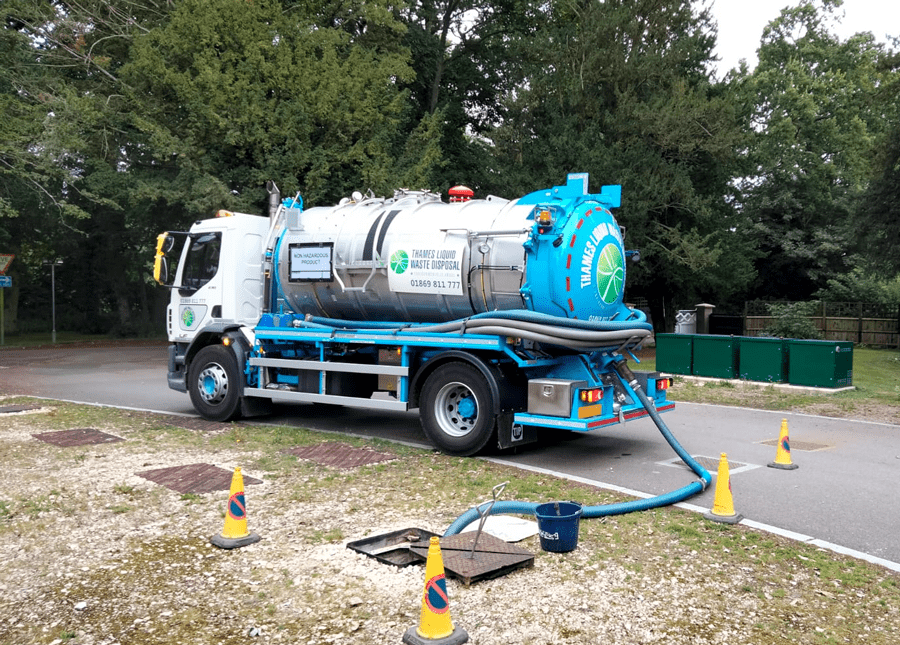Fascination About Reclaim Waste
Table of ContentsThe 9-Minute Rule for Reclaim WasteReclaim Waste for DummiesThe 45-Second Trick For Reclaim WasteThe Definitive Guide for Reclaim WasteHow Reclaim Waste can Save You Time, Stress, and Money.
Residential sewer waste refers to the waste and items from a domestic septic storage tank. The correct monitoring and disposal of domestic sewer waste call for liquid waste to be transferred to a sewage therapy plant where the proper approaches and tools are applied to cleanse and dispose of waste.
Business waste commonly includes possible hazards, such as flammable products or a combination of liquid and strong waste items, and calls for a more advanced and in-depth disposal procedure. The disposal of industrial waste generally involves the filtration of waste prior to transport to ensure secure and appropriate disposal. Industrial waste is produced from by-products and runoff of industrial procedures and production.
This type of waste can not use the same sewage monitoring transport or procedures as septic or industrial fluids. The hazardous waste administration process requires the evaluation and testing of liquid waste prior to it undertakes the disposal process (industrial wastewater treatment). Runoff waste is the fluid waste that originates from overflow and excess stormwater in extremely inhabited locations or cities
Overflow waste can create contamination and flooding if not dealt with appropriately. Ensuring appropriate waste management can protect against disasters and decrease environmental damage.
What Does Reclaim Waste Do?
Contact PROS Services today to find out about our waste monitoring and disposal services and the correct means to take care of the fluid waste you create.
Do you understand what takes place to your water when you end, flush the commode or drain pipes the cleaning device? No? Well, it's worth recognizing. This so-called 'wastewater' is not just a vital resource yet, after treatment, will certainly be released to our land, waterways or the sea. Utilized water from commodes, showers, baths, kitchen sinks, washings and industrial procedures is referred to as wastewater.

water utilized to cool down machinery or tidy plant and equipment). Stormwater, a type of wastewater, is runoff that flows from farming and urban locations such as roofing systems, parks, gardens, roadways, paths and gutters into stormwater drains, after rain. Stormwater streams neglected straight to regional creeks or rivers, eventually reaching the sea.
All about Reclaim Waste
In Queensland, most wastewater is dealt with at sewer treatment plants. Wastewater is carried from domestic or industrial sites via a system of sewers and pump terminals, this website called sewage reticulation, to a sewage therapy plant. Local federal governments construct, maintain and run most sewage treatment plants. Operators are accredited under the Environmental Management Act 1994 to release treated wastewater at an appropriate ecological criterion into rivers.
The Division of Natural Resources recommends city governments about managing, operating and preserving sewage systems and treatment plants. In unsewered areas, city governments might need householders to set up individual or house sewage treatment systems to treat residential wastewater from bathrooms, cooking areas, shower rooms and laundries. The Division of Natural Resources authorises the use of home systems when they are confirmed to be effective.
Many stormwater obtains no treatment. In some new subdivisions, treatment of some stormwater to get rid of trash, sand and crushed rock has started utilizing gross contaminant catches. Wastewater therapy occurs in 4 stages: Gets rid of solid matter. Larger solids, such as plastics and various other things incorrectly discharged to drains, are removed when wastewater is gone through displays.
Utilizes little living organisms recognizes as micro-organisms to break down and get rid of staying dissolved wastes and great bits. Micro-organisms and wastes are included in the sludge.
The Single Strategy To Use For Reclaim Waste
Nutrient elimination is not offered at all sewage treatment plants since it needs costly specialized devices. Clear liquid effluent generated after therapy might still include disease-causing micro-organisms - industrial wastewater treatment.

This usually suggests wastewater needs to be treated or contaminants removed before it can be released to rivers. Many wastewater flows into the sewerage system. Under the Act, city governments carry out approvals and licences for ecologically appropriate activities (ERAs) including wastewater launches that may have a regional effect. The department administers approvals and licences to ERAs involving wastewater launches that might have a regional or statewide impact.
Little Known Facts About Reclaim Waste.
Surveillance offers accurate info concerning water top quality and can verify that licence problems are being satisfied. The details gotten via tracking gives the basis for making water top quality decisions.
Comments on “Reclaim Waste Fundamentals Explained”